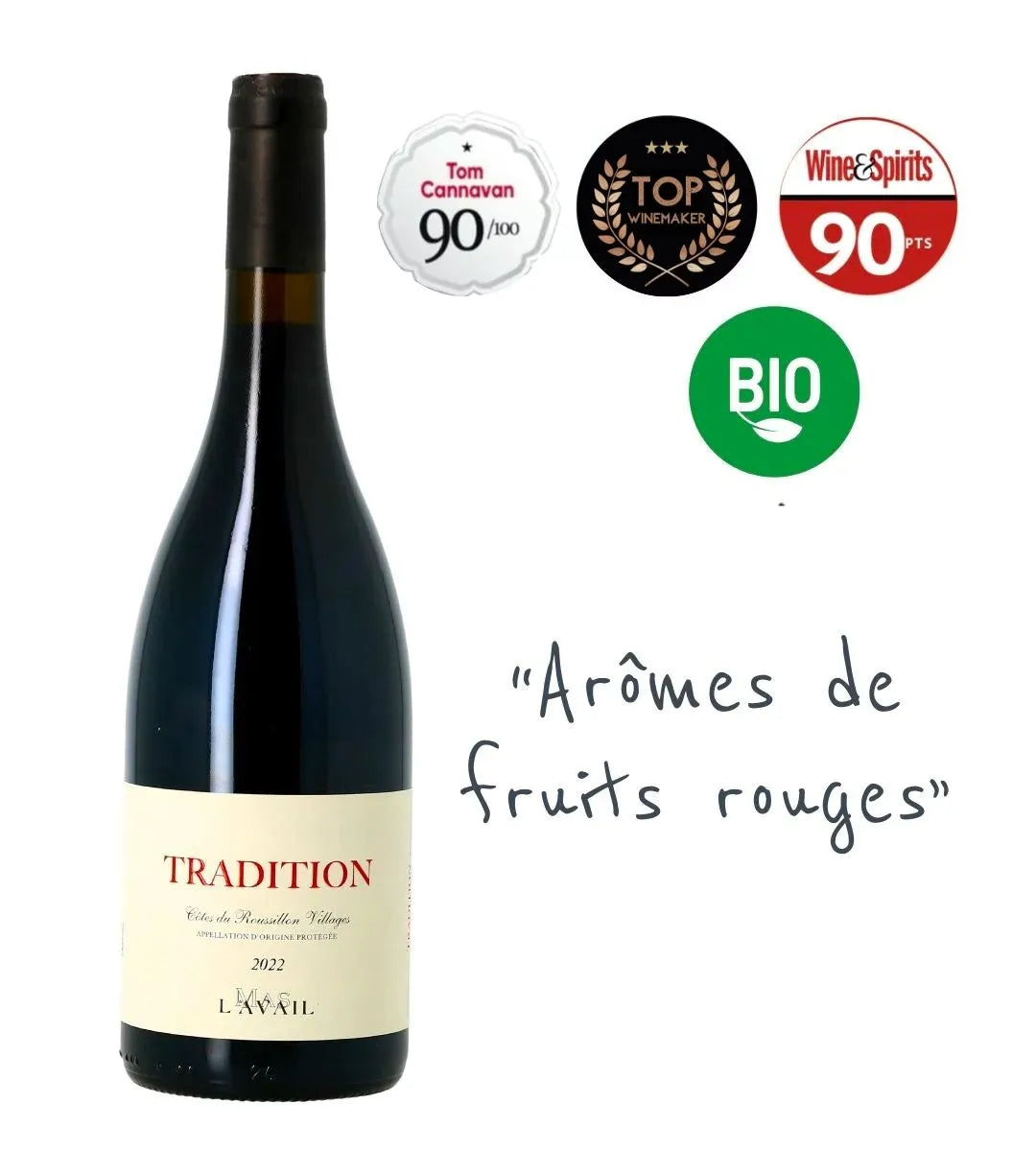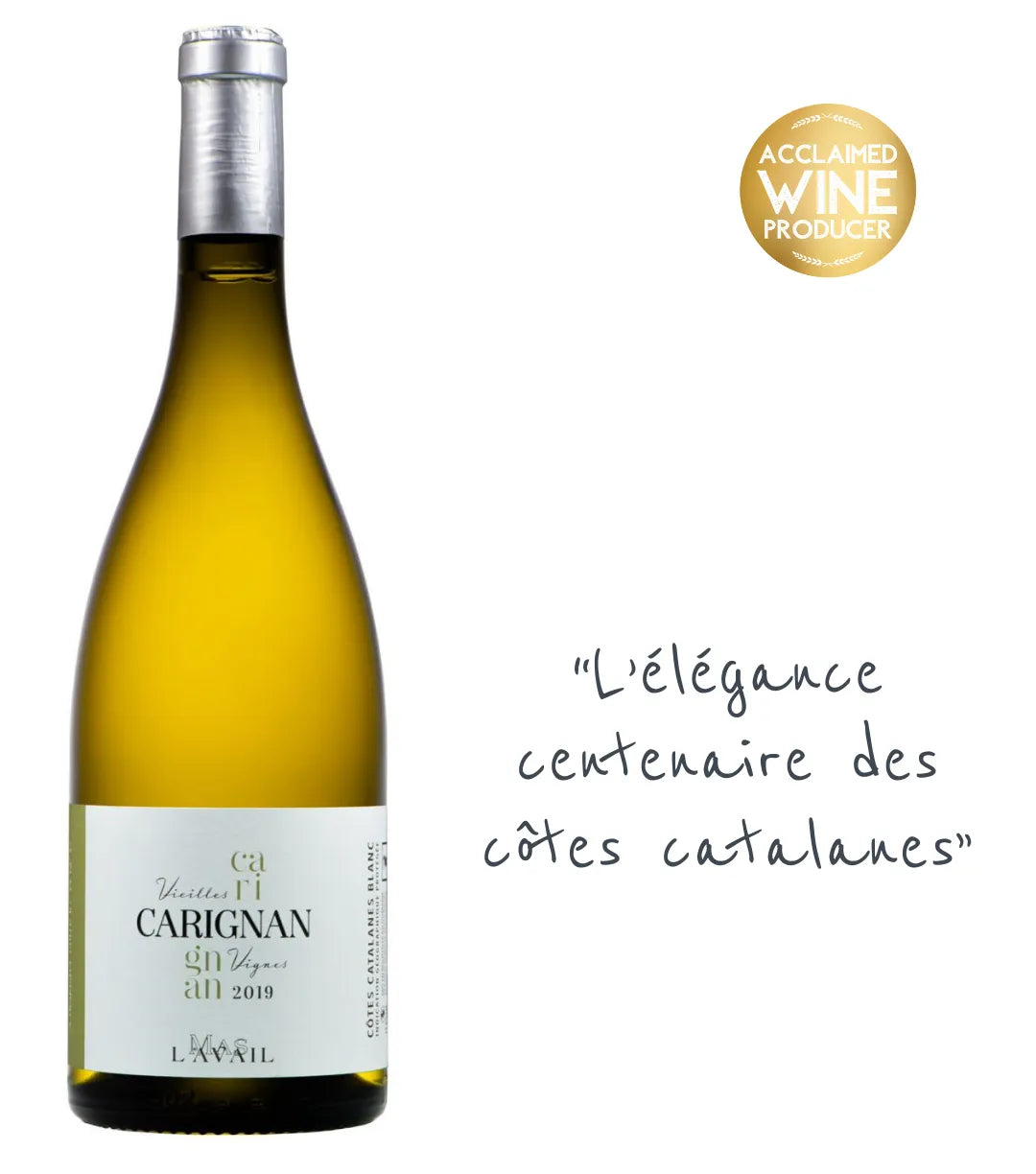
9 products
Carignan Wine
Free delivery on your first order or orders over €150 (France only)
Free delivery on your first order or orders over €150 (France only)


Carignan was once the It Girl of grapes, but lost favor over time due to bitterness. However, passionate winemakers revived it, showcasing its robust aromas of scrubland, banana, black cherry, leather, spices, and flint. Found in Spain, North Africa, the New World, and France, single varietal Carignan wines now delight enthusiasts. Like Jane Fonda, Carignan ages gracefully; opening it a few hours before serving enhances its rich flavors. It features in popular blends like Côtes-du-Roussillon, Minervois, Côtes-du-Rhône, Corbières, and Languedoc, but truly shines on its own. A little advice? Like most reds, open Carignan wines a couple of hours before serving. You’ll thank us later.
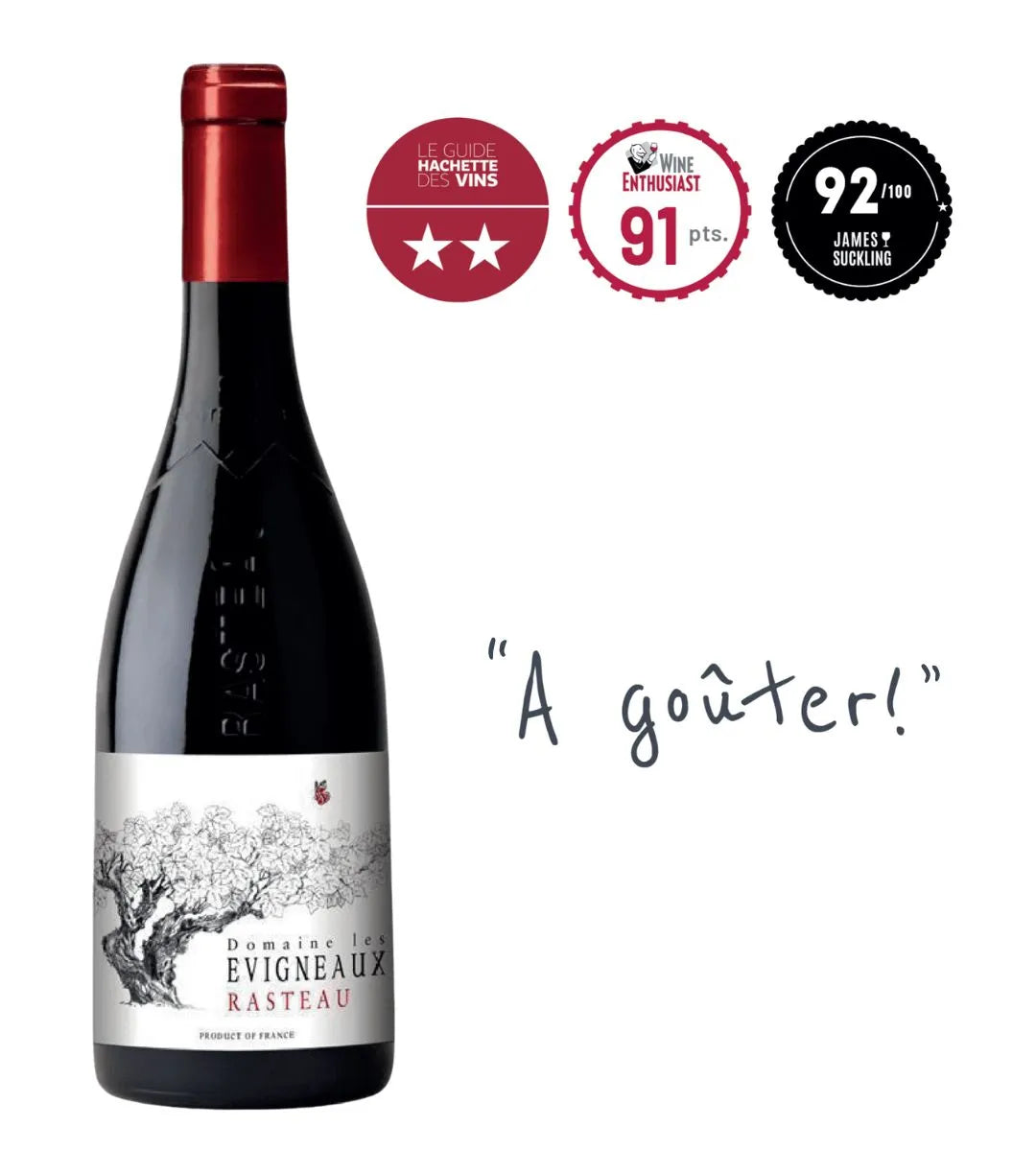
Rasteau AOC Rhône, France

Maury Sec AOC Languedoc-Roussillon, France
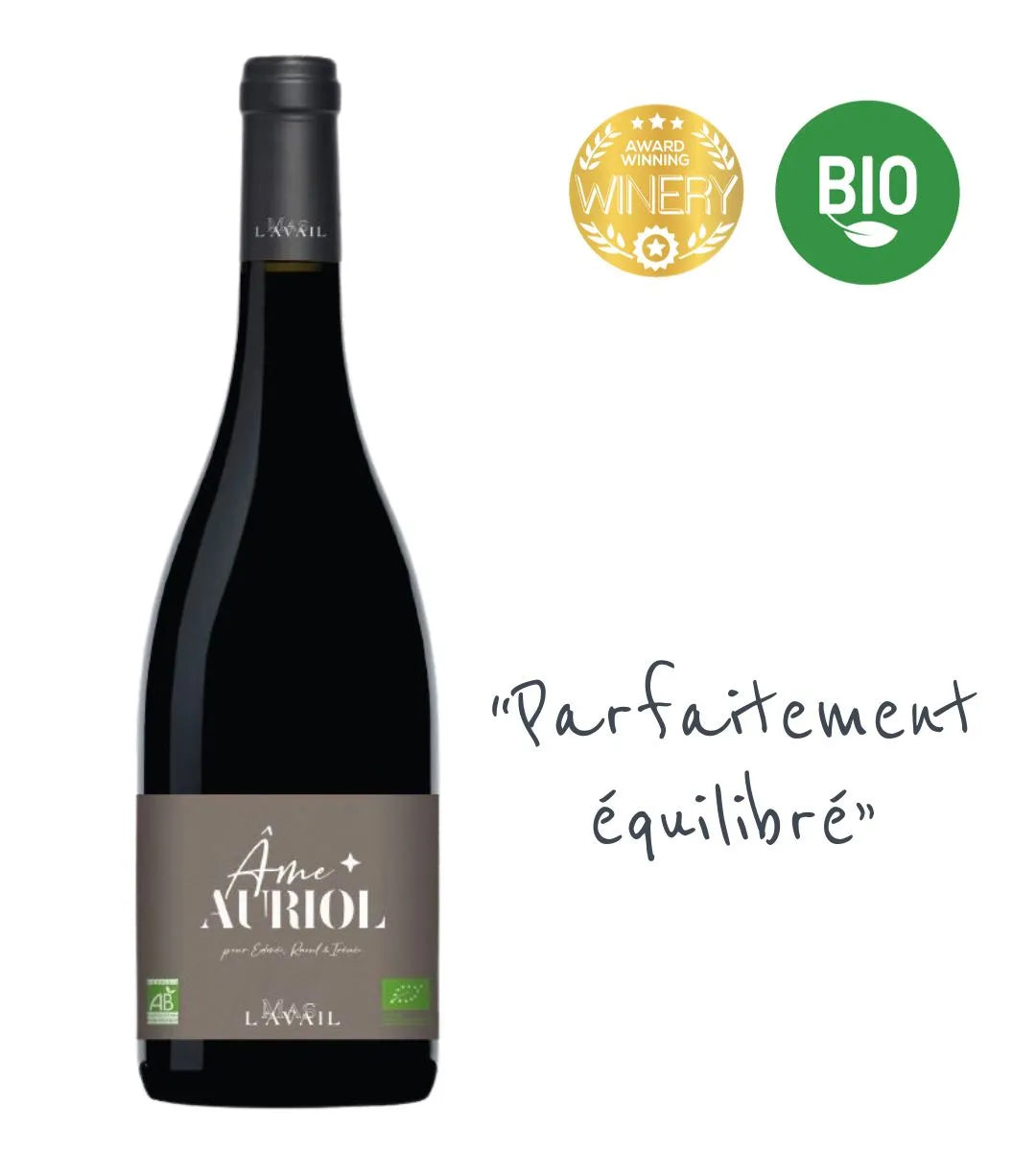
Côtes du Roussillon Villages AOC Languedoc-Roussillon, France
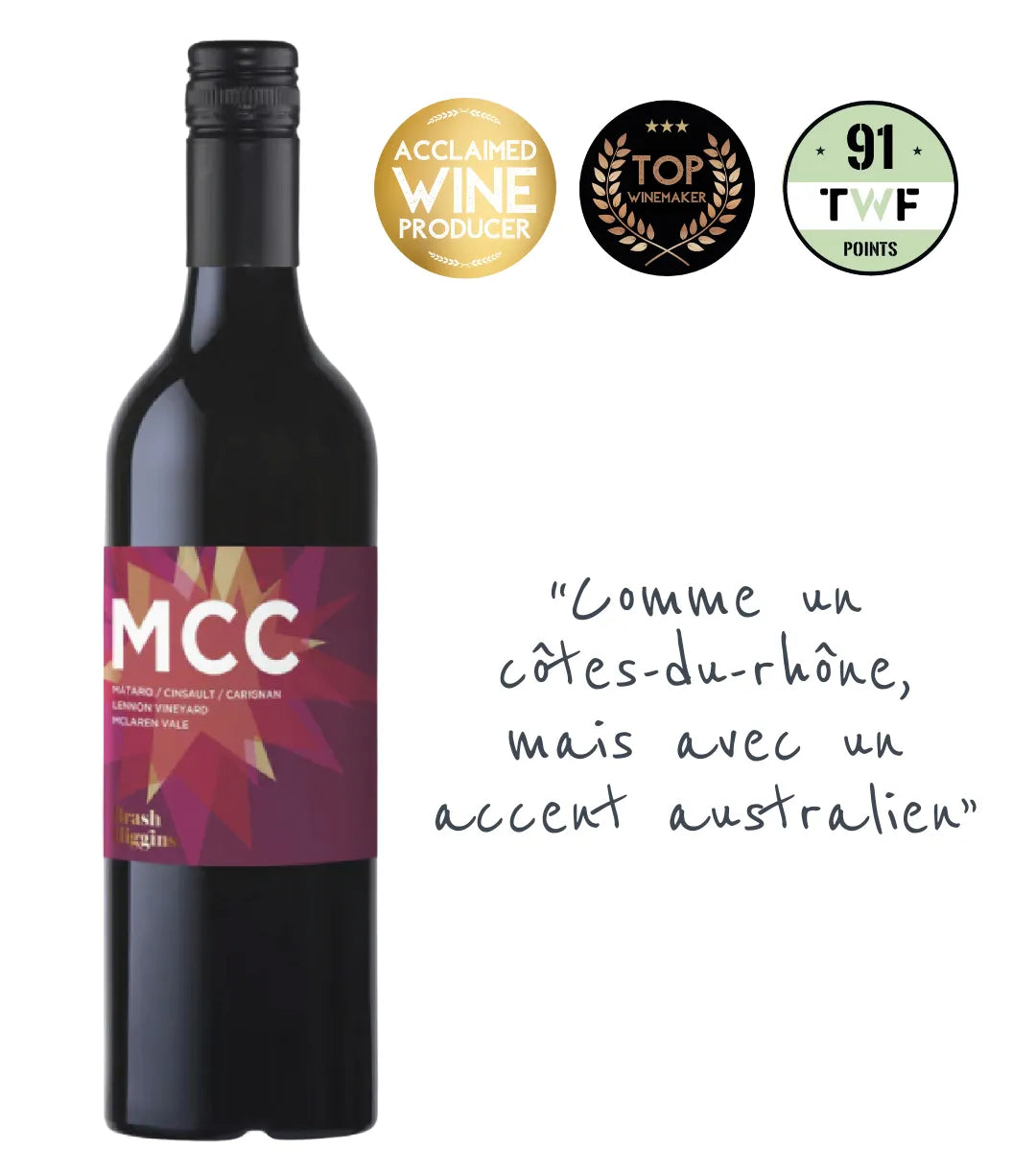
McLaren Vale, Australia
Carignan, or Carignan Noir, is a grape variety with origins deeply rooted in the viticultural history of Spain. It migrated to southern France, where it found fertile ground to thrive. This hardy and vigorous vine has perfectly adapted to the Mediterranean climate, particularly in regions like Languedoc-Roussillon, where it is often used in typical blends alongside Grenache, Syrah, and Mourvèdre.
Spanish Origin and Migration to Southern France
Carignan has its roots in the wine regions of Spain, notably in Catalonia. Over the centuries, it was introduced to southern France, where it adapted well to the local climatic conditions. This migration was facilitated by its ability to produce high yields while maintaining good adaptation to poor soils and summer heat.
Characteristics and Typical Languedoc Blends
Appreciated for its robustness, Carignan adds structure and depth to wines. It is often used in blends from Languedoc-Roussillon with Grenache, Syrah, and Mourvèdre, contributing to wines with a pronounced tannic character, spicy aromas, and good aging potential, especially when it comes from old vines.
Carignan can be vinified on its own, showcasing its distinctive qualities, or in blends to enrich the aromatic and structural palette of wines. Old vines produce wines that are particularly prized for their concentration and complexity.
Global Presence (Spain, Italy, Argentina…)
Beyond France, the Carignan grape is also found in Spain, Italy, and Argentina. In Spain, particularly in the Priorat region, it produces robust and complex Spanish wines. In Sardinia, it is known as "Carignano," giving rise to structured and spicy wines. In Argentina, it is cultivated in areas like Mendoza, adding richness and depth to certain blends.
Carignan Gris and Blanc
Carignan Gris, though less widespread, is cultivated in small quantities in France and Spain, adding a unique dimension to Mediterranean blends with its distinctive aromatic characteristics.
Carignan Blanc, less known, is also cultivated in small quantities, mainly in France and Spain. It is often used in blends to add freshness and liveliness to Mediterranean white wines. Its citrus aromas and good acidity make it an interesting choice to complement varieties like Grenache Blanc or Roussanne.
In its various black and white forms, Carignan continues to play a central role in the production of wines in Languedoc-Roussillon and beyond. Its adaptability, robustness, and ability to add complexity and structure to blends make it a valuable element of the Mediterranean viticultural heritage. From Catalonia in Spain to Languedoc-Roussillon in France, and even to Argentina, Carignan demonstrates its adaptability and its capacity to harmoniously blend with other grape varieties. However, it is in its Mediterranean cradle that it often finds its most authentic expression, bringing a part of its ancient history and unique terroir to each glass.
For more information, check out our list of grape varieties!




